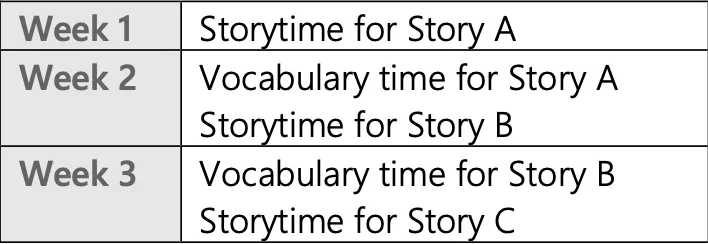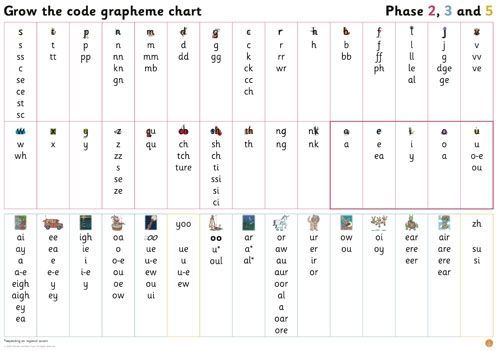Reading including phonics:
Reading:
Reading is at the heart of our curriculum as a result we are determined that every pupil will learn to read, regardless of their background, needs or abilities. All pupils, including the weakest readers, will make sufficient progress to meet or exceed age-related expectations.
Theâ¯intention is:
- To promote a love of reading , through teacher knowledge of high quality texts used across the curriculum.
- For children to obtain a word reading knowledge alongside comprehension skills in order to navigate texts and deepen their understanding of the world.
- To ensure that every child learns to read to a high standard of fluency and understanding, regardless of their background, needs or prior attainment.
- Close the ‘word gap’ by expanding pupils' vocabulary, deepening their understanding of the texts they are reading and widening their use of spoken language.
Our approach to reading in EYFS:
In EYFS we use an approach to reading called Talk through stories. This approach ensures that first and foremost children fall in love with the story being told, and when they know it well, we teach them to use the ‘Tier Two’ words from the story in everyday contexts. (Tier Two words are words that children are unlikely to hear in everyday conversation, but will encounter in stories and teaching as they progress through school.).
Plan every day:
20 minutes for Storytime
10 minutes for Vocabulary time (at a different time to Storytime)

The teaching sequence below has been researched over many years and has proven to be successful in increasing children’s vocabulary.
- Read the story.
- Contextualise the word within the story.
- Have children say the word.
- Provide a student-friendly explanation of the word.
- Present examples of the word used in contexts different from the story context.
- Engage children in activities that get them to interact with the words.
- Have children say the word.

Our reading spine:






Phonics at Rillington:

Click here to view our Phonics and early reading policy
Little Wandle Letters and Sounds Revised is a complete systematic synthetic phonics programme (SSP) developed for schools by schools. Based on the original Letters and Sounds, but extensively revised to provide a complete teaching programme meeting all the expectations of the National Curriculum, the Ofsted Deep Dive into reading and preparing your children to go beyond the expectations of the Phonics Screening Check.
At Rillington we teach our children through whole class phonics, the phase they are working on is appropriate to the age of the children and the time of year. In order to support all children to be readers by the age of 6, children who are struggling with whole class phonics also have a re-teach session with a teacher later in the day, additional one to one interventions with a dedicated phonics specialist teaching assistant and parental engagement sessions outside of school hours.


Application of phonics to reading:
We support the children’s application of phonics to their reading by using phonetically decodable reading books both in school and at home.
In school reading practice sessions:
Children are given regular opportunities to apply the phonics they have learned to reading fully decodable books. The phonic progression in these books matches the progression of Little Wandle Letters and Sounds Revised and the sounds know by individual children.
We undertake three reading practice sessions each week (Monday - Wednesday). Each session has a clear focus, so that the demands of the session do not overload the children’s working memory.
The reading practice sessions have been designed to focus on three key reading skills:
• decoding
• prosody – reading with meaning, stress and intonation
• comprehension – understanding the text.
Children then take these books home each Wednesday, these are books for children to read to parents.

Children who are just beginning to learn the letter/sound correspondences are learning at the same time to tell stories using books which do not have words to begin with. This is crucial in the development of spoken language and vocabulary. It is a necessary stepping stone towards becoming an accomplished reader and writer.
Supporting parents:
Although your child will be taught to read at school, you can have a huge impact on their reading journey by continuing their practice at home.
There are two types of reading book that your child may bring home:
A reading practice book. This will be at the correct phonic stage for your child. They should be able to read this fluently and independently.
A sharing book. Your child will not be able to read this on their own. This book is for you both to read and enjoy together.
Workshops:
Each year we hold 2 parents workshops, one during Autumn term 1 and one in Summer term 2 to support Nursery and Reception children with their transition to school. We use these sessions to explain how phonics and reading are taught at Rillington and how activities like those shown below can support your child.

Little Wandle support:
Below is a link to Little Wandle's website, their parents page explains clearly and simply how to support children in learning to read with phonics. It also has lots of advice in the form of videos and leaflets that you can access to help with reading at home!
https://www.littlewandlelettersandsounds.org.uk/resources/for-parents/














